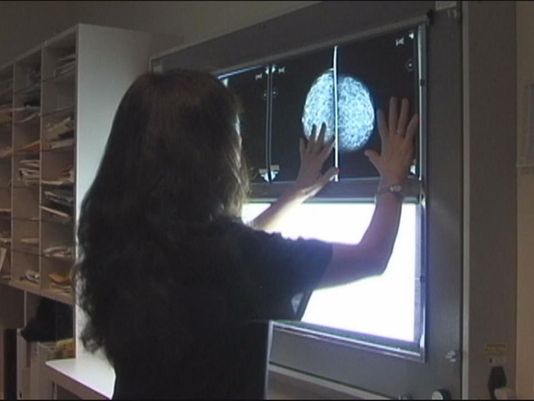Ended soon

A groundbreaking study has found that actively monitoring localized prostate cancer can be a safe alternative to immediate surgery or radiation. The study followed over 1,600 men in the UK who were randomly assigned to receive surgery, radiation, or active monitoring for their localized prostate cancer.
The results showed that there was no difference in prostate cancer mortality at 15 years between the three groups, and the survival rate for all three groups was high at 97%, regardless of treatment approach. The study provides encouraging news for men who want to avoid treatment-related sexual and incontinence problems.
The study was led by Dr. Freddie Hamdy of the University of Oxford and funded by Britain’s National Institute for Health and Care Research. It was published in the New England Journal of Medicine and presented at a European Association of Urology conference in Milan, Italy.
Prostate cancer is the most common cancer in men, affecting 1 in 8 men in the United States. It is typically a slow-growing cancer, and many men with localized prostate cancer may not need immediate treatment.
The study found that monitoring the cancer can be a safe alternative for many men, particularly those who want to avoid treatment-related side effects. These side effects can include sexual dysfunction and incontinence, which can have a significant impact on a man’s quality of life.
The study’s findings are particularly relevant given the ongoing debate over the best approach to treating localized prostate cancer. Some experts have argued that immediate treatment, such as surgery or radiation, is necessary to prevent the cancer from spreading. Others have advocated for active monitoring as a safe alternative.
Dr. Stacy Loeb, a prostate cancer specialist at NYU Langone Health who was not involved in the research, said the study’s results were encouraging for men who want to avoid treatment-related side effects. “There was no difference in prostate cancer mortality at 15 years between the groups,” she said. “And prostate cancer survival for all three groups was high — 97% regardless of treatment approach. That’s also very good news.”
The study’s authors cautioned that a small number of men with high-risk or more advanced disease may still need urgent treatment. However, for many men with localized prostate cancer, monitoring the cancer may be a safe and effective approach.
The study’s findings are likely to have a significant impact on the way localized prostate cancer is treated in the future. The study’s authors noted that monitoring practices have improved since the study began in 1999, with the use of MRI imaging and gene tests helping to guide treatment decisions.
In the United States, about 60% of low-risk prostate cancer patients choose active surveillance, which involves regular monitoring of the cancer without immediate treatment. The study’s findings may encourage more men to consider this approach.
The study’s results provide encouraging news for men with localized prostate cancer who want to avoid treatment-related side effects. While immediate treatment may still be necessary for some men, monitoring the cancer can be a safe and effective alternative for many others.



